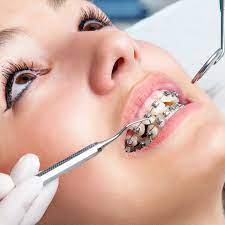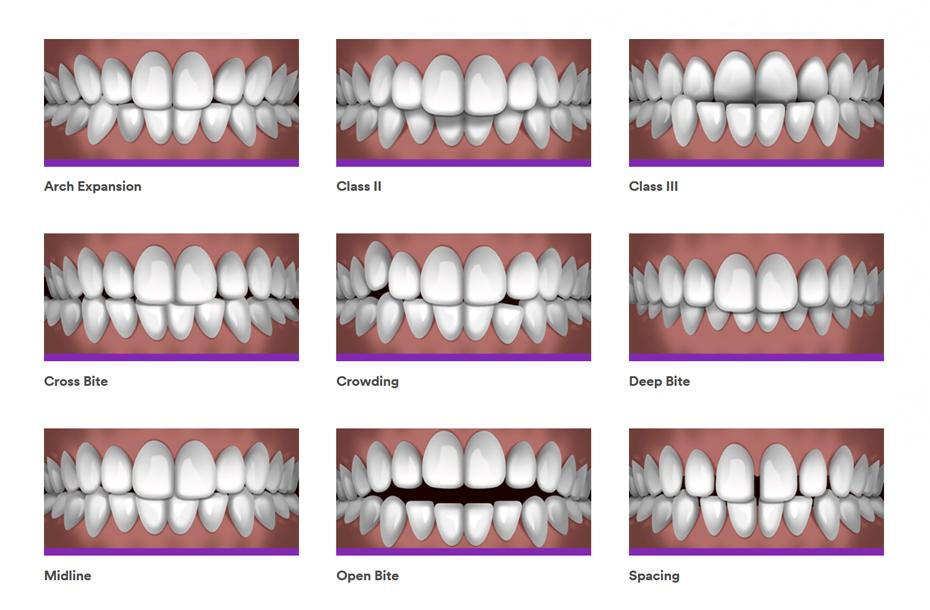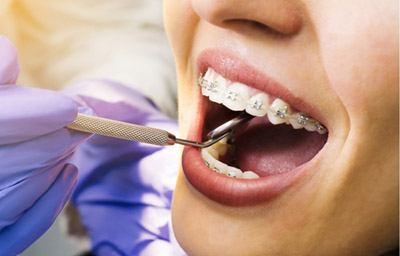The Single Strategy To Use For Causey Orthodontics
Wiki Article
The Buzz on Causey Orthodontics
Table of ContentsExcitement About Causey OrthodonticsCausey Orthodontics Fundamentals ExplainedSome Known Incorrect Statements About Causey Orthodontics Some Known Incorrect Statements About Causey Orthodontics Examine This Report about Causey Orthodontics
Ignoring occlusal relationships, it was typical to remove teeth for a selection of oral concerns, such as malalignment or congestion. The idea of an intact dentition was not extensively valued in those days, making bite correlations appear irrelevant. In the late 1800s, the principle of occlusion was essential for developing dependable prosthetic replacement teeth.As these principles of prosthetic occlusion proceeded, it ended up being an important device for dentistry. It remained in 1890 that the work and influence of Dr. Edwards H. Angle began to be really felt, with his payment to contemporary orthodontics specifically notable. Originally focused on prosthodontics, he educated in Pennsylvania and Minnesota prior to directing his interest in the direction of dental occlusion and the treatments required to maintain it as a typical problem, thus ending up being called the "daddy of contemporary orthodontics".

The principle of optimal occlusion, as proposed by Angle and included right into a category system, allowed a shift towards treating malocclusion, which is any type of variance from typical occlusion. Having a complete collection of teeth on both arches was highly looked for after in orthodontic therapy due to the demand for specific partnerships between them.
The 9-Second Trick For Causey Orthodontics
As occlusion became the crucial priority, face proportions and visual appeals were disregarded - best orthodontist. To attain excellent occlusals without using exterior pressures, Angle postulated that having best occlusion was the very best method to gain optimal face visual appeals. With the death of time, it came to be quite obvious that also a phenomenal occlusion was not suitable when thought about from an aesthetic viewpointCharles Tweed in America and Raymond Begg in Australia (who both examined under Angle) re-introduced dental care removal right into orthodontics during the 1940s and 1950s so they could enhance face esthetics while additionally guaranteeing far better stability concerning occlusal partnerships. In the postwar period, cephalometric radiography started to be utilized by orthodontists for gauging modifications in tooth and jaw position triggered by growth and therapy. It became obvious that orthodontic treatment might adjust mandibular growth, leading to the development of practical jaw orthopedics in Europe and extraoral force measures in the United States. Nowadays, both practical appliances and extraoral devices are used around the world with the objective of amending growth patterns and kinds. As a result, going after true, or a minimum of boosted, jaw partnerships had become the major purpose of therapy by the mid-20th century.
The Only Guide for Causey Orthodontics
 Till the mid-1970s, braces were made by wrapping metal around each tooth. https://www.bizbangboom.com/professional-services/causey-orthodontics., it came to be possible to instead bond metal brackets to the teeth.
Till the mid-1970s, braces were made by wrapping metal around each tooth. https://www.bizbangboom.com/professional-services/causey-orthodontics., it came to be possible to instead bond metal brackets to the teeth.This has had significant impacts on orthodontic treatments that are administered frequently, and these are: 1. Right interarchal partnerships 2. Right crown angulation (idea) 3.
The benefit of the style depends on its bracket and archwire combination, which requires only very little cord flexing from the orthodontist or medical professional (family orthodontics). It's appropriately called after this function: the angle of the port and density of the brace base inevitably establish where each tooth is positioned with little need for additional manipulation
See This Report on Causey Orthodontics
Both of these systems utilized the same brackets for each and every tooth and demanded the bending of an archwire in 3 planes for finding teeth in their wanted settings, with these bends determining supreme positionings. When it concerns orthodontic devices, they are split right into two kinds: removable and dealt with. Removable devices can be handled and off by the patient as required.
Hence, virtually all modern-day set home appliances can be thought about variations on this edgewise appliance system. Early 20th-century orthodontist Edward Angle made a significant contribution to the world of dental care. He produced four distinctive device systems that have been used as the basis for several orthodontic treatments today, barring a couple of exceptions.
Causey Orthodontics for Dummies

The cable ended in a string, and to relocate ahead, an adjustable nut was used, which allowed for a rise in area. By ligation, each individual tooth was connected to this large archwire (family orthodontics). Because of its limited series of activity, Angle was not able to achieve precise tooth placing with an E-arch
These tubes held a firm pin, which could be rearranged at each visit in order to relocate them in place. Referred to as the "bone-growing home appliance", this device was theorized to encourage much healthier bone growth due to its potential for moving pressure directly to the origins. Implementing it verified problematic in reality.
Report this wiki page